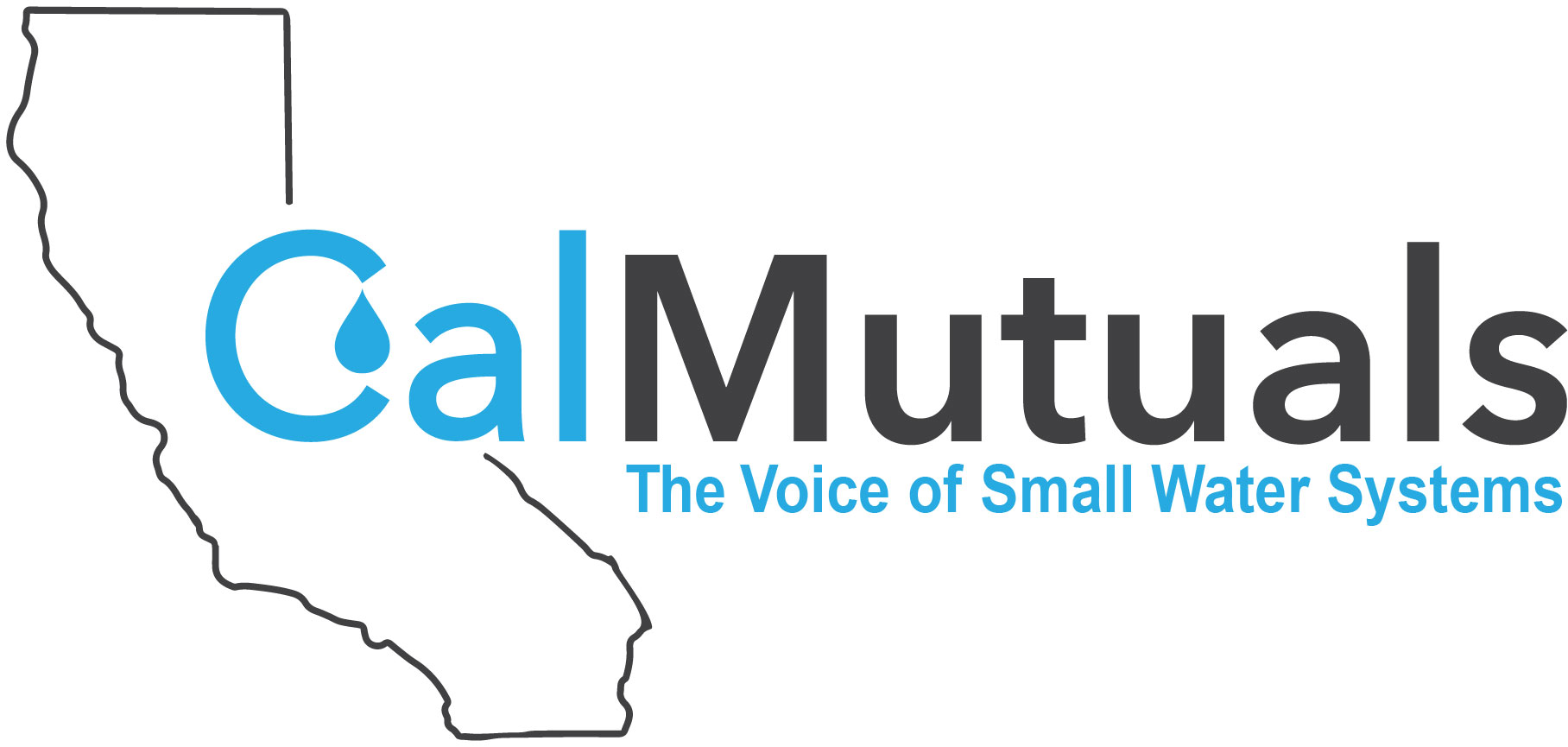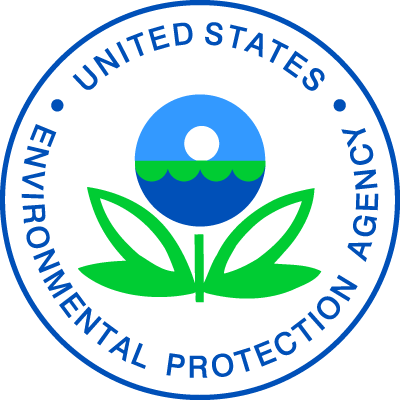Webinar: EPA: Small Systems Monthly Series: Underground Storage Tanks: How They May Impact Small Drinking Water Systems
Webinar OnlyIn the United States, there are over 500,000 active underground storage tanks (USTs) that store petroleum or hazardous substances, and about 62,000 leaking UST sites that need cleaning up today. The greatest potential threat from a leaking UST is the contamination for ground water, which serves as the source of drinking water for nearly half the population in the United States. Given the proximity of these leaking USTs to water supplies, it is important for small drinking water systems to understand where the leaking UST sites are to protect the water supply and to understand the water demands in proximity to the leaking underground storage tanks. This is especially needed where ground water wells are located on the property for the tank facilities. EPA developed the first national database and application (UST Finder ) on underground storage tanks, a user-friendly tool that provides the needed geospatial data for these tank facilities and source water protection areas. Presented by Fran Kremer and Alexander Hall, EPA's Office of Research and Development About the Presenters: Fran Kremer serves as a Senior Scientist in the Office of Research and Development’s Center for Environmental Solutions and Emergency Response. Fran works with Agency Program Offices, Regions […]

